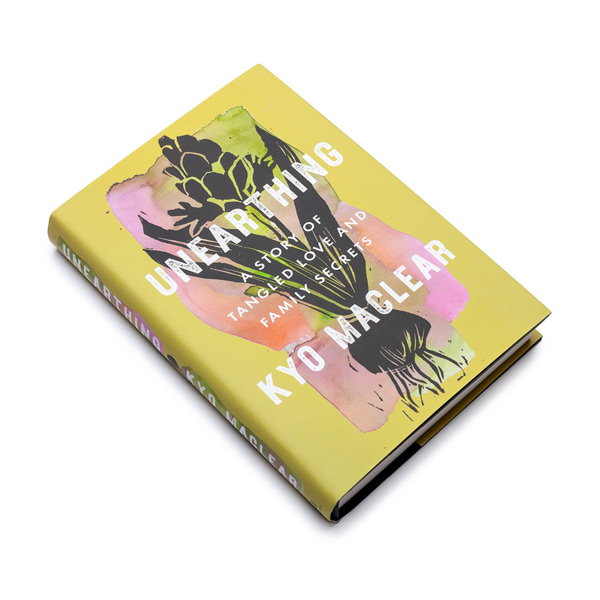The Quiet American by Graham Greene
The first thing I did when I travelled to Vietnam was book myself into the Hotel Continental, a squat colonial relic in the middle of Saigon. I was looking for authenticity. I liked knowing that I was staying at the very place where Graham Greene had set parts of his prophetic 1955 novel The Quiet American (back when the French prevailed), and that the hotel had served as a gathering place for American journalists covering the Vietnam War. Much to my pleasure, the hotel still had a dilapidated colonial feel. It was not a stretch to imagine a rumpled Fowler and a clean-scrubbed Pyle sitting on the rattan furniture of the lobby bar debating the merits of “democracy” or verbally duelling over a Vietnamese woman named Phuong (as they do in The Quiet American). More than most countries, I suspect, Vietnam has its share of lost souls, people who arrive with their own agendas and ghosts, a bit like Pyle, who see the country as a cipher for something purely subjective. To be honest, I would think that book should be banned from contemporary Vietnam—at least until tourists start seeing Vietnam as a country, instead of as the site of an ancient war. Instead, it is sold everywhere: cheap homemade versions with blurry covers and sloppy bindings, displayed between bootlegs of the The Da Vinci Code and Street Without Joy.
The Lover by Marguerite Duras
As a teenager, I was drawn to boys with more than average melancholy. There were boys who drank tequila and listened to the blues and boys who engaged in petty crime and wept about their fathers. There were boys who made me mixed tapes of polyrhythmic African music but otherwise wallowed in almost catatonic sadness. The hale and effervescent did not attract me. If I happened to find myself with someone happy and obviously together, I would attempt to induct them into the cult of sad love by lending them my copy of The Lover. Beyond titillation, I don’t know what a cheerful high-school football player is to make of an adolescent girl in French Indochina embarking on an affair with a wealthy Chinese man. But what I learned from Duras and her fallen world was that there was grandeur and satisfaction to unhappiness. Looking back, I find the melancholy of my teenage years easy to satirize (all those pensively smoked Gitanes!). Depression often teeters on the edge of absurdity. But now when I reread The Lover, I know in some ways I haven’t grown up at all. This mournful and languidly obsessive book still makes me feel elated.
The Things They Carried by Tim O’Brien
“Stories are for joining the past to the future,” writes Tim O’Brien in this beautiful and hallucinatory book about a platoon of American soldiers in Vietnam. “Stories are for those late hours in the night when you can’t remember how you got from where you were to where you are. Stories are for eternity, when memory is erased, when there is nothing to remember except the story.” I don’t know if anyone has written more powerfully about the Vietnam War’s impact on the American soldiers who fought there. O’Brien was the first person to really make me understand—and feel—the difference between “story-truth” (the truth of fiction) and “happening-truth” (the truth of fact or occurrence), and how the former can be sometimes truer than the latter. He is a master of spare, allusive writing who showed that “the things they carried” could have the heft of jungle gear or weigh nothing at all and still have equal gravitational pull.
The graphic works of Joe Sacco
What unites much of my past writing is an interest in approaching history at a human scale. How do the individuals inside collective events experience them? Comics journalist Joe Sacco is a master of street-level reportage. From the Occupied Territories in Palestine, to war-ravaged Eastern Bosnia (in Safe Area: Goražde), he zooms us into the particular, depicting the personal points of view that do not fit into the frame of the daily news. Occupation and war may have huge and epic consequences but Sacco shows that it’s the seemingly little things, the daily humiliations and micro-aggressions, the unending dust and airborne trash, that add up and tell the true tale. (P.S. See if you can spot the one mention of Joe Sacco in Stray Love.)
The Gangster We Are All Looking For by lê thi diem thúy
A child does not always recognize a parent’s emotional life. Children observe surfaces. This is not to say they are shallow or psychologically unaware. The atmosphere changes and children notice, even if they can’t explain what has happened. This deceptively simple story of a Vietnamese girl growing up in San Diego with her refugee family is one of the most hypnotic stories of family inheritance I have ever read. As an only child, the narrator is left to navigate the strange customs of her new world, everything from itchy American dresses and cheap plastic sandals to the condescension of her sponsors and classmates, all the while grappling with the war’s after-effects on her family. How to explain her parents’ deep distrust of authority figures, their tendency to be overprotective, their sudden bouts of violence? At times their love feels like a form of paranoiac energy. As this lyrical and fractured novel reminds us, ”War has no beginning and no end. It crosses oceans like a splintered boat.’”
The Shadow of the Sun by Ryszard Kapuściński
The character of the Polish journalist in Stray Love—Joseph—is loosely based on this remarkable and fearless reporter. In 1957, Kapuściński arrived in Ghana to witness the beginning of the end of colonial rule as the first African correspondent of Poland’s state newspaper. His travels would take him from Dar es Salaam in 1962 to Kampala via the Serengeti, and beyond. This compendium of literary reportage spans four decades and shows his daring—both as a reporter and as a stylist. It is full of exuberant digressions (on subjects ranging from malaria to plastic water containers) and characters who stray momentarily onto the page never to reappear. For Kapuściński, travel was a life philosophy. He embraced the existential modifications, the attendant discomforts, even the passive and interminable act of airport waiting. As he once put it, “Without trying to enter other ways of looking, perceiving, describing, we won’t understand anything of the world.” If there is a lesson in his work it is that it is important to be ad hoc, to stray, to leave the familiar and well-trodden path every now and then.
A Field Guide to Getting Lost by Rebecca Solnit
My novel is a story of misfits and people who don’t follow a linear path in life or love. Given the peripatetic nature of the story, it is probably not surprising that this book by Rebecca Solnit has been a kind of anarchic inspiration for me. Composed of nine short essays, which zigzag from subject to subject through fields of politics, history and art, Solnit has created the most captivating book you can possibly imagine, a guide to the pleasures of losing oneself and of not knowing! It doesn’t matter what she discusses—the use of blue in a Renaissance painting or the turquoise blouse she wore as a child—it’s easy to fall in love with her roaming mind. And that’s the key word for me: roaming. As a writer, I spend most of my time in a compulsive, myopic state. Solnit reminds me to look around, to turn off the well-trod path regularly, to be an alert and intrepid human.


